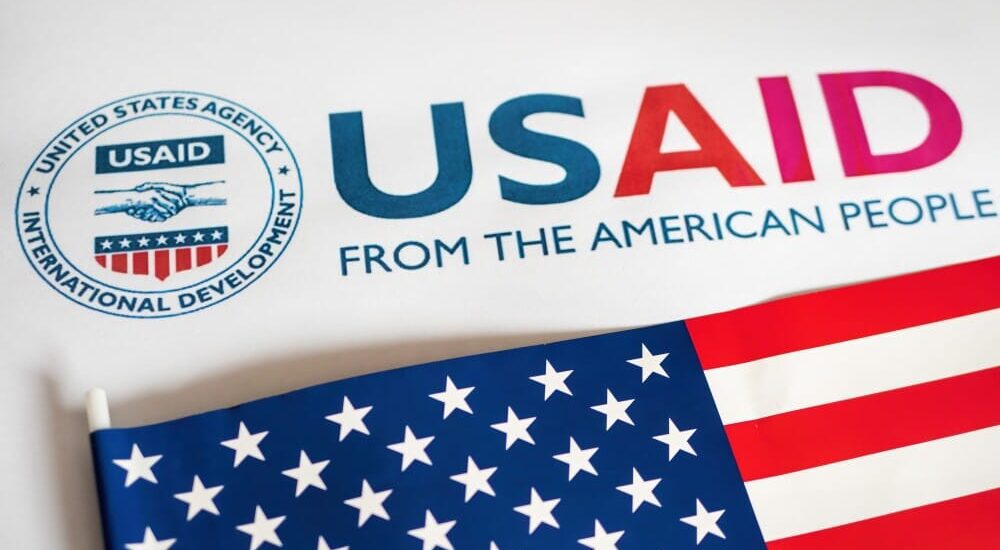Amidst Uganda’s vast landscapes—where the Nile weaves through fertile valleys and echoes of hope ripple across verdant hills—a disturbing silence has fallen. This silence does not signify peace, but rather a halt in progress and a deepening crisis for vulnerable populations. The recent freeze in funding by the United States Agency for International Development (USAID), a lifeline for numerous development programs, has sent shockwaves across sectors—none more so than those impacting the girl child.
The freeze represents not merely a pause in financial support but a withdrawal of hope for thousands of young girls whose futures are intricately tied to the continuity of health, education, and empowerment programs.
Education in Crisis: A Generation at Risk
The girl child in Uganda faces multifaceted barriers to education, even under optimal circumstances. USAID has historically played a crucial role in financing school feeding programs, teacher training, infrastructure development, and scholarship schemes targeting girls from marginalized communities.
Imagine a young girl named Achen, her school uniform tattered yet worn with pride. She sits on a bench, clutching a book she can barely afford, her mind alight with possibilities. With over 2.4 million girls enrolled in primary education, the freeze poses a severe threat to continuity:
- Dropout Rates: Over 54% of girls in rural Uganda face obstacles in completing primary education due to poverty, gender norms, and early marriages.
- Child Marriage: According to the United Nations Population Fund (UNFPA) 2020 report, an alarming 43% of girls are married before their 18th birthday, with the freeze likely to accelerate this trend due to reduced intervention programs.
- Teenage Pregnancy: According to UNFPA 2020 report, 25% or one in every four girls in uganda aged 15 to 19 yearshas a child or are pregnant. Teenage pregnancies are projected to increase with the disruption of sexual and reproductive health education and support services.
Education, once a shield against poverty and exploitation, now falters under the weight of unmet needs and dwindling resources.
Health and Welfare: The Unseen Casualties
The absence of USAID’s health funding extends beyond programmatic disruption—it translates to lives lost and health systems strained beyond capacity.
Malaria: A leading cause of mortality among children under five, with a 13% annual fatality rate, disproportionately affects young caregivers—many of whom are girls forced out of school to care for ill relatives.
HIV/AIDS: Approximately 63% of Uganda’s HIV/AIDS response is dependent on international support. With young women accounting for 60% of new infections, the rollback of USAID-funded awareness, testing, and treatment programs significantly heightens their risk.
Maternal and Child Health: Reductions in support for maternal health services threaten the health outcomes of adolescent mothers and their children, exacerbating intergenerational poverty.
In underserved communities, health clinics are reporting stockouts of essential medicines, delays in outreach services, and closures of youth-friendly spaces—impacting the very systems designed to protect the girl child.
Poverty and Menstrual Health: A Dual Barrier
Although Uganda has adopted Universal Primary Education (UPE), hidden costs continue to serve as a deterrent for poor families:
Indirect Costs: The price of uniforms, scholastic materials, and meals often surpasses what many families can afford.
Menstrual Hygiene: Over 1 in 10 girls misses school monthly due to lack of access to menstrual hygiene products and safe sanitation facilities.
The withdrawal of support for menstrual hygiene education and supplies intensifies shame, absenteeism, and dropout rates—especially in rural areas where taboos around menstruation remain deeply entrenched.
Additionally, deteriorating infrastructure—impassable roads, unsafe school routes, and water scarcity—further compounds the challenges, especially during rainy seasons.
Silenced Voices, Shuttered Dreams
The most devastating consequence of the USAID freeze may be intangible: the loss of voice, confidence, and aspiration among girls. Numerous leadership and life skills programs that once empowered young women to speak up, make informed decisions, and contribute to their communities have halted.
These programs provided more than services—they fostered identity, dignity, and ambition. Their closure leaves a vacuum that threatens to reverse hard-won progress in gender equality and child protection.
The Imperative for Action: Rekindling Hope
The crisis demands immediate, coordinated, and innovative responses. Uganda’s development partners, civil society, and government must urgently rally to fill the void left by USAID:
Policy and Funding Advocacy: Mobilize local and international stakeholders to restore funding flows and lobby for alternative sources, including partnerships and philanthropic investment.
Strengthening Local Systems: Enhance community-based service delivery, empowering grassroots organizations to continue core activities in education, health, and gender justice.
Innovative Solutions: Leverage mobile learning platforms, telemedicine, and community radio to maintain service access in remote areas.
Gender-Sensitive Infrastructure: Prioritize investments in safe, inclusive school environments with accessible water, sanitation, and menstrual hygiene management systems.
Conclusion: Writing a New Verse for Achen
In the song of Uganda’s future, the girl child must not remain a silent note. Achen—representative of millions of resilient young girls—asks not for charity, but for opportunity. She embodies the potential to uplift entire communities, reshape generational trajectories, and build a more equitable nation.
The freeze may have silenced funding streams, but it must not silence resolve. Let us listen to her silent cry—not as a lament, but as a call to act. Let us transform this moment of uncertainty into a catalyst for sustainable, inclusive, and homegrown solutions.
Author
-

Brenda Kembabazi is the passionate and dedicated team lead for 1000HUGS Foundation. With a fervent commitment to empowering the girl child and combating menstrual stigma among adolescents, Brenda has been a driving force behind all the foundation’s initiatives.
View all posts



